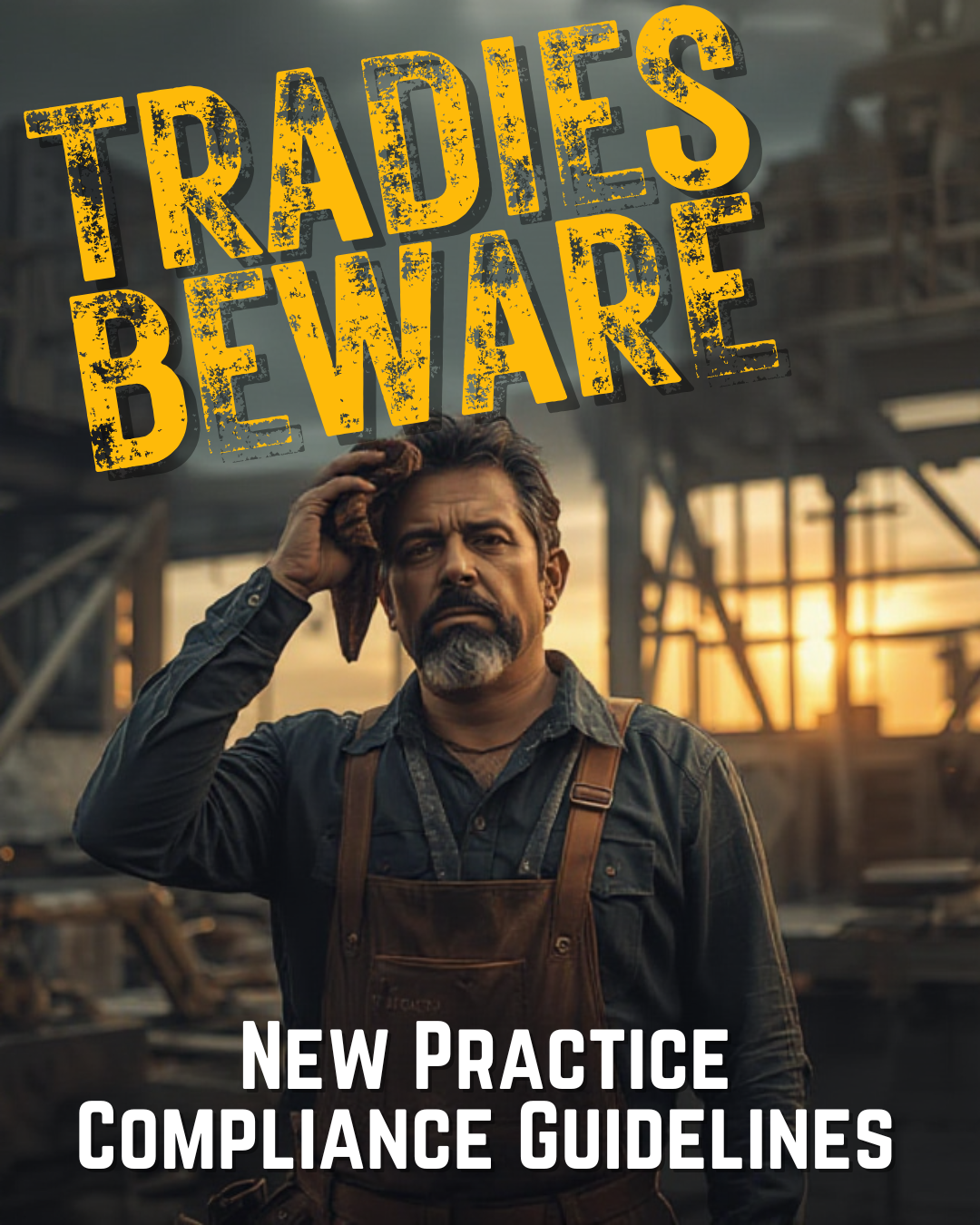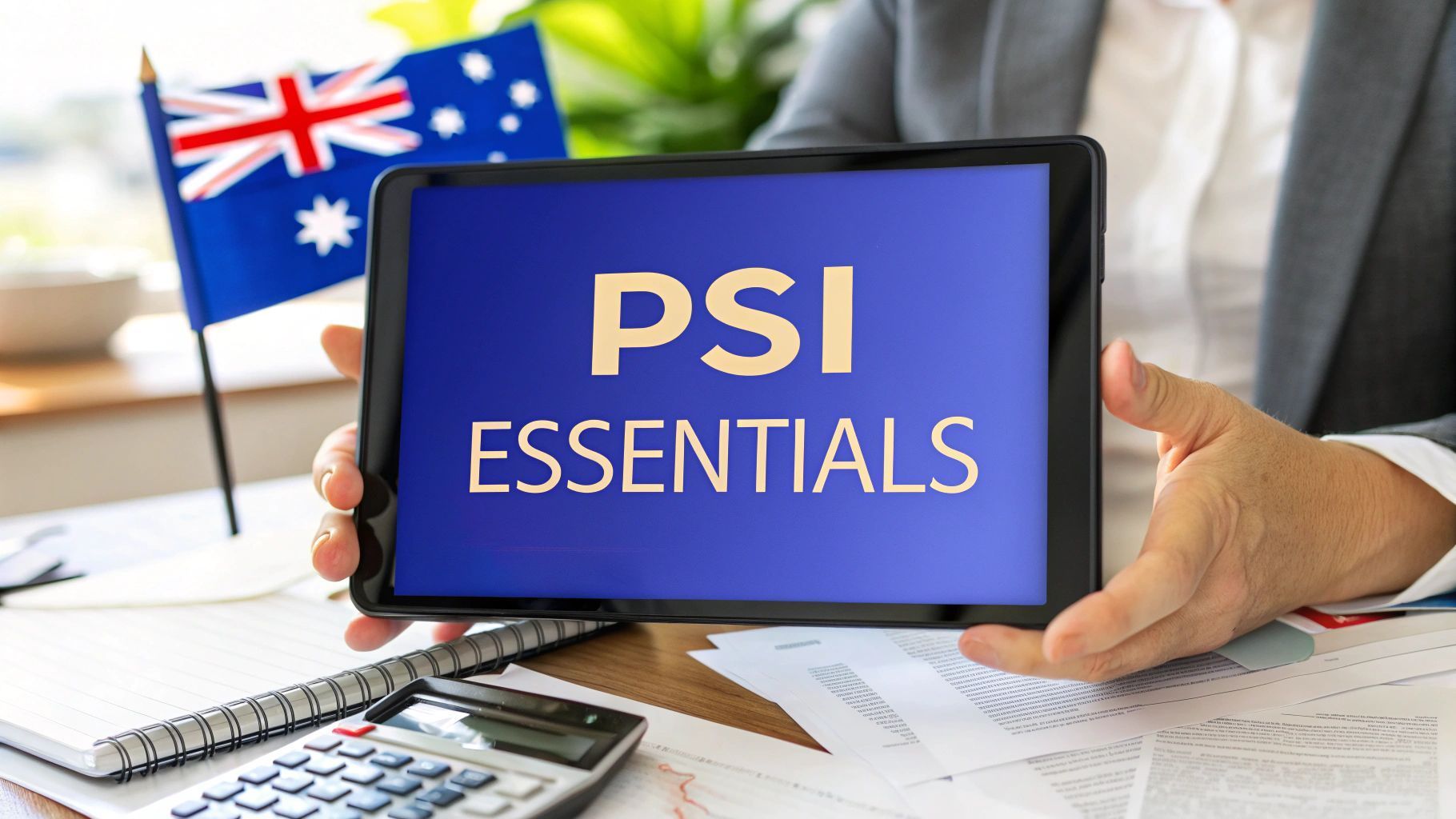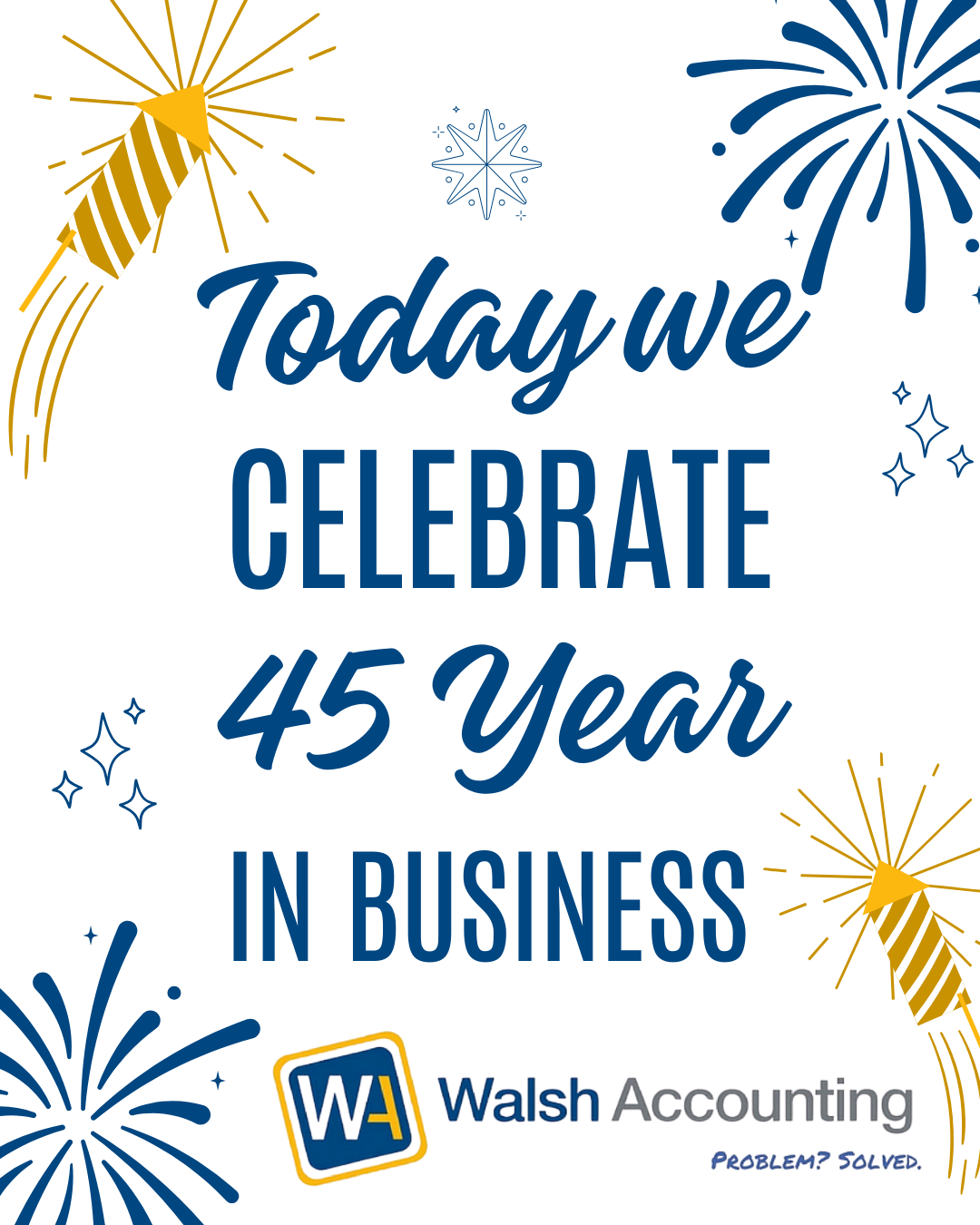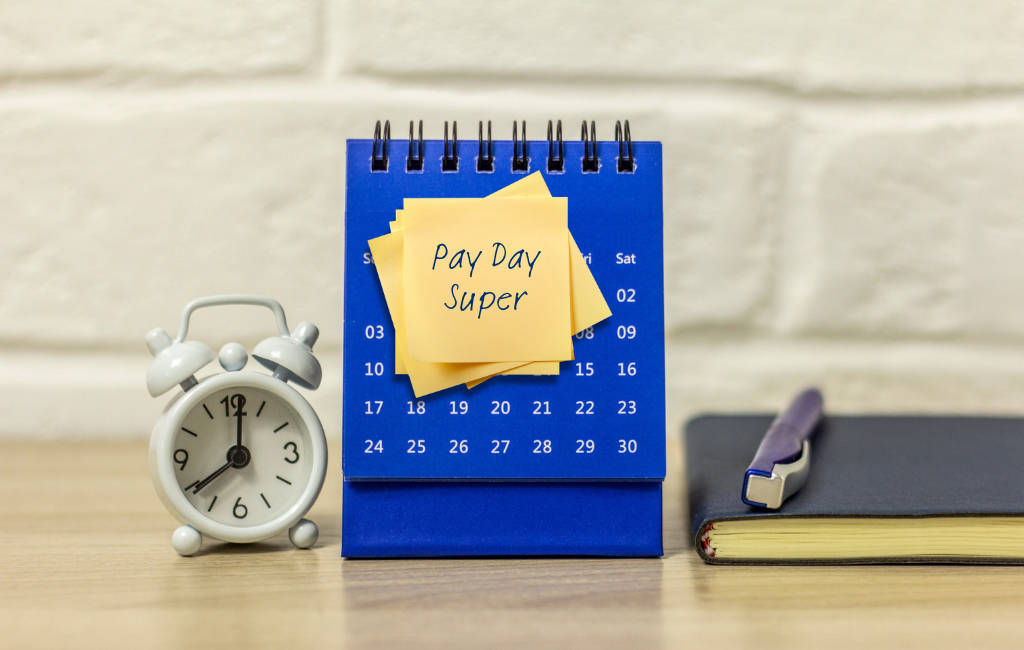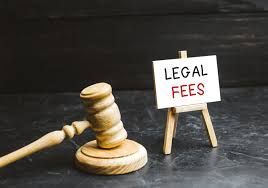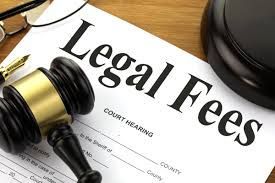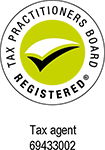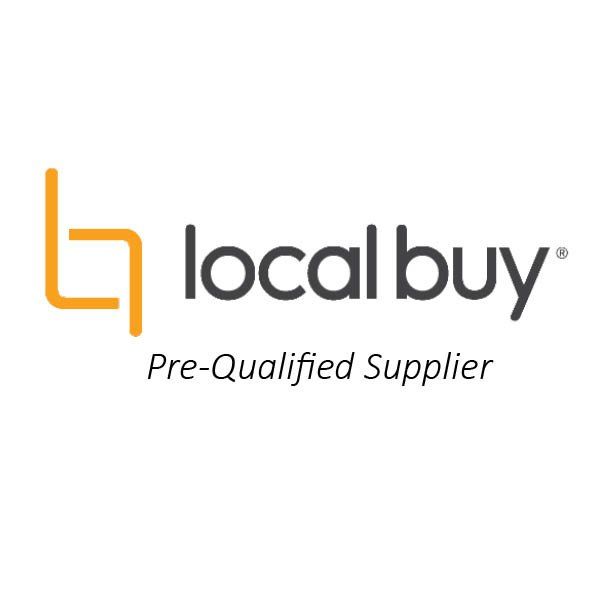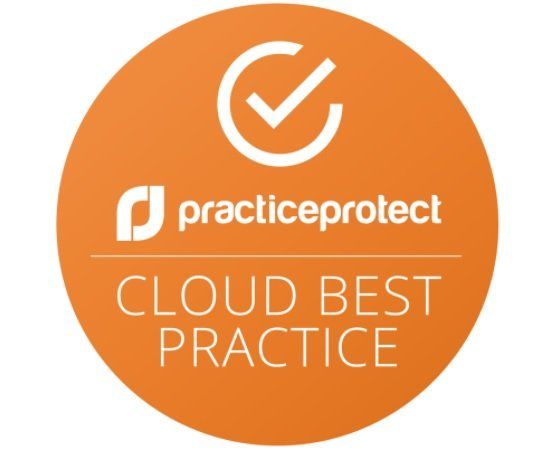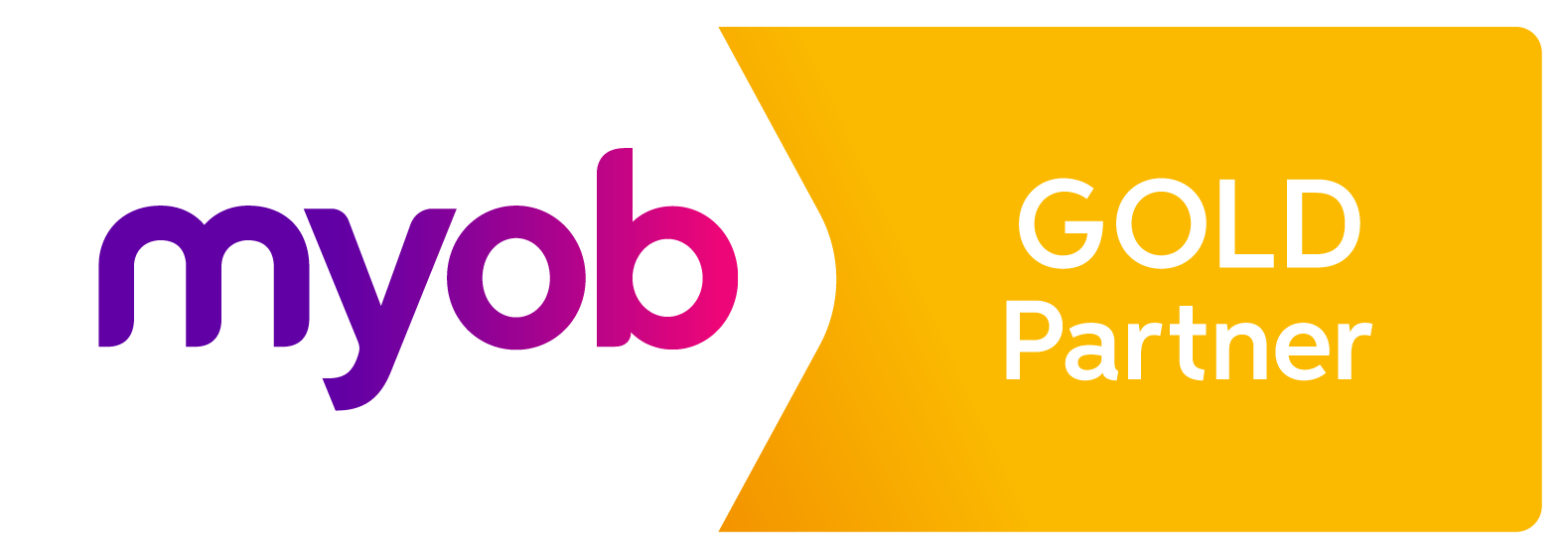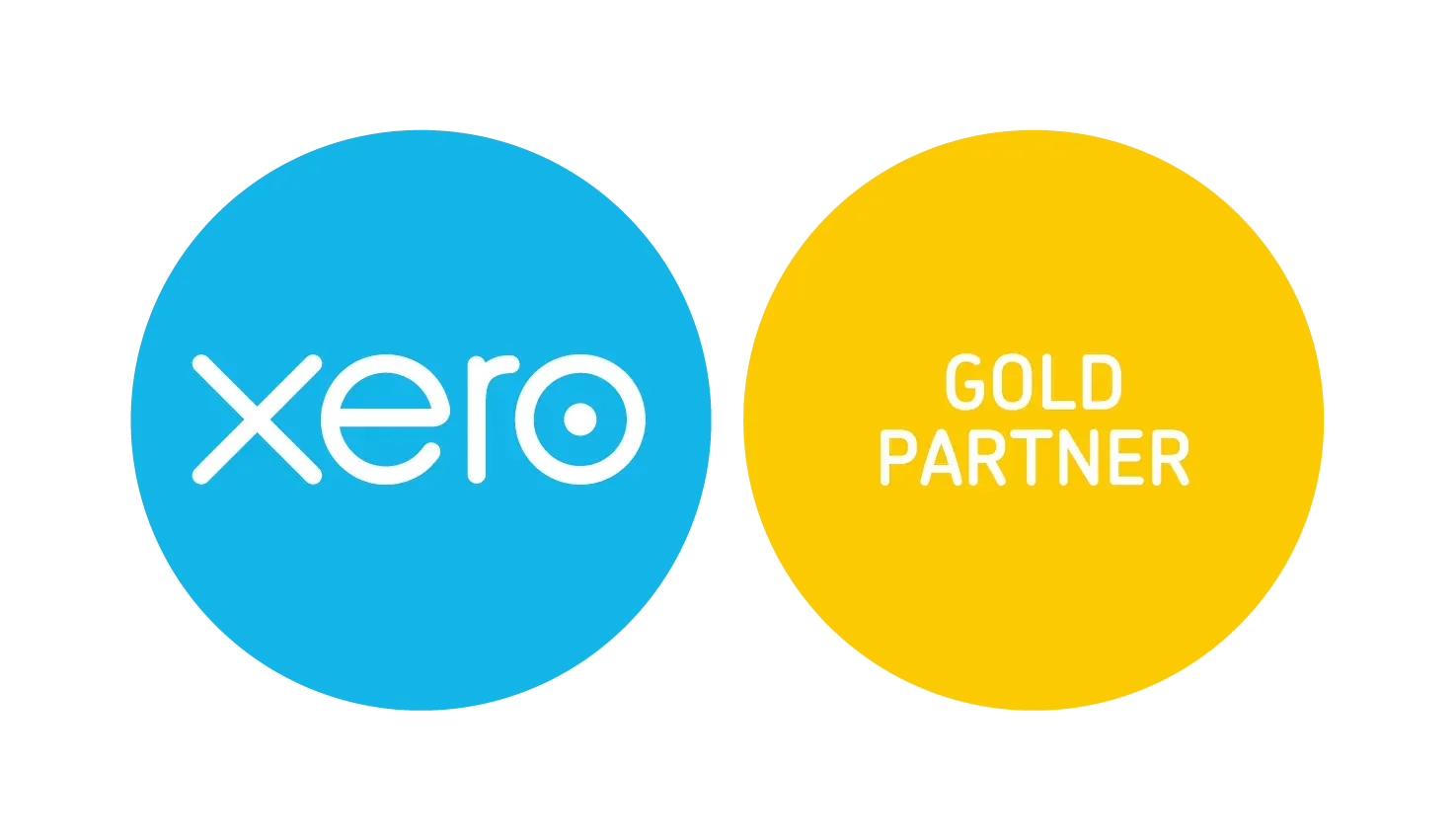Accounting basics: the profit and loss and balance sheet reports
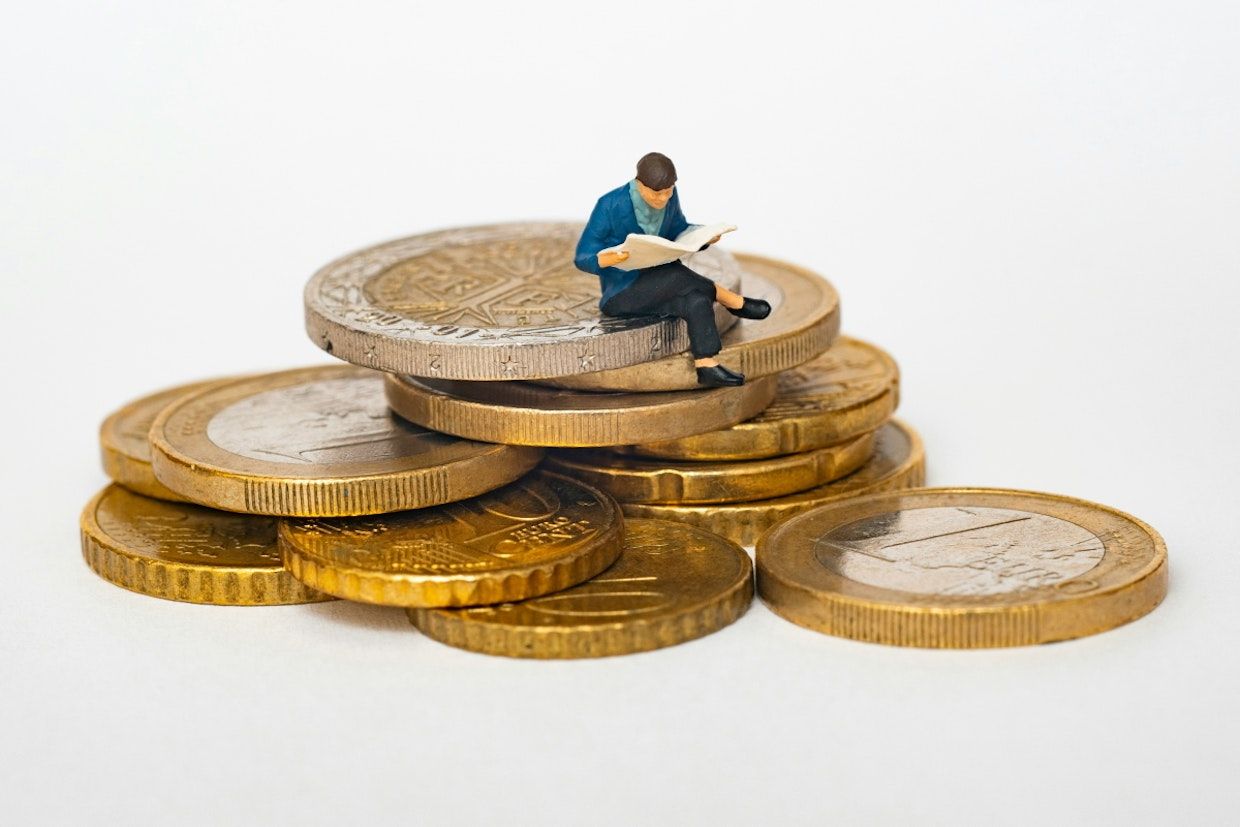
Accounting basics: the profit and loss and balance sheet reports
Understanding your finances is a vital part of managing your business. The profit and loss report and the balance sheet are key reports in this regard.
What is your profit and loss statement?
Your profit and loss statement is commonly called your P&L, but is also referred to as your income statement or statement of earnings. It is a full breakdown of your company’s revenue (money coming into the company as sales and other business income) and your expenditure (direct costs, overheads, expenses and other costs).
The profit and loss statement is good for:
- Letting you know your profit (or loss)
- Highlighting areas where you might be able to increase income or reduce expenses
- Comparing current year results with previous years.
- Providing information you need to include in your tax return
What is your balance sheet?
The balance sheet offers a snapshot of the financial health of your business on the last day of the year or period.
The balance sheet shows shows you:
- Assets (what you own)
- Liabilities (what you owe)
- Equity (the net worth of the business)
The balance sheet is helpful for:
- Assessing your current financial position (It is also called the Statement of Financial Position)
- Assessing whether you can pay your debts as they fall due (by comparing current assets with current liabilities).
- Assessing longer term solvency (by comparing total assets with total liabilities)
- Tracking growth
- Supporting loan or other finance applications
- making informed investment decisions
- Providing a foundation for the value of a business (for succession planning or sale of the business).
Nothing is as simple as it seems. You might sell an item for $1000. That $1000 will be included in sales in the profit and loss statement whether you have been paid for it or not. If you have not been paid, it will still be included in your net profit, but it will also be included in debtors in the balance sheet. You have to look at both the profit and loss and the balance sheet to assess the true result of the sale. You have not made the profit until the $1000 is in your bank account.
You might buy an asset for $10,000. That asset might stay in the balance sheet at original cost for years or decades. It might currently be worth scrap value or it might be worth $50,000. You have to take that into account when reading the balance sheet.
The Australian Taxation Office (ATO) often has rules about income or expenses which are different from accounting principles. If you prepare the accounts to suit the ATO they might prove to be misleading in assessing your true profit or net worth.
Time is the enemy of the accounting profession. At any point in time, how do you assess the value of a tractor which was purchased five years ago and which has a useful life that can only be estimated.
Both the profit and loss and the balance sheet have to be interpreted in order to glean useful information.
Please get in touch if you would like an analysis of your profit and loss and balance sheet.
